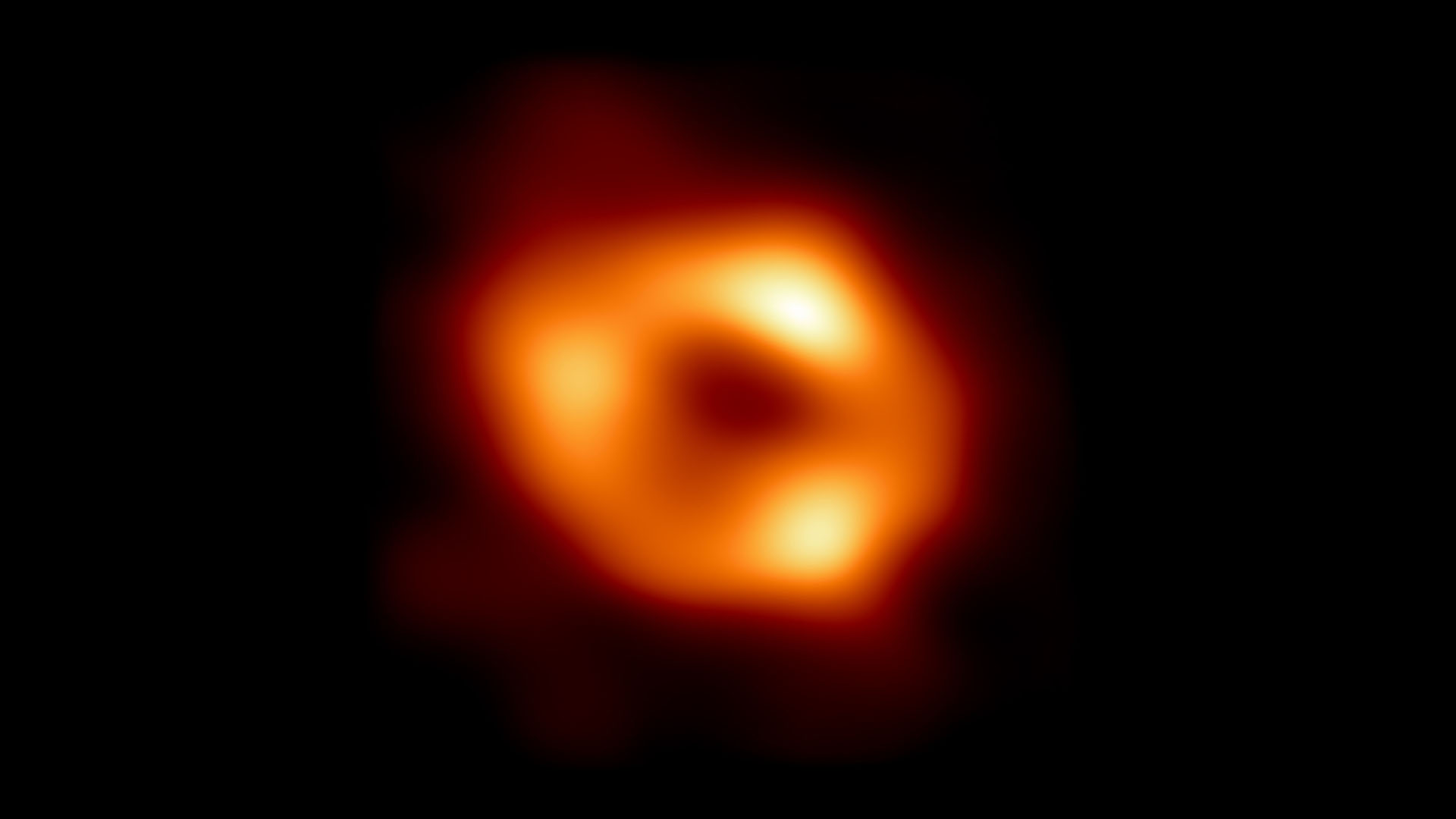IJGI, Vol. 12, Pages 151: Land Cover Impacts on Surface Temperatures: Evaluation and Application of a Novel Spatiotemporal Weighted Regression Approach
ISPRS International Journal of Geo-Information doi: 10.3390/ijgi12040151
Authors: Fan Que Wang Ma
The urban heat island (UHI) effect is an important topic for many cities across the globe. Previous studies, however, have mostly focused on UHI changes along either the spatial or temporal dimension. A simultaneous evaluation of the spatial and temporal variations is essential for understanding the long-term impacts of land cover on the UHI. This study presents the first evaluation and application of a newly developed spatiotemporal weighted regression framework (STWR), the performance of which was tested against conventional models including the ordinary least squares (OLS) and the geographically weighted regression (GWR) models. We conducted a series of simulation tests followed by an empirical study over central Phoenix, AZ. The results show that the STWR model achieves better parameter estimation and response prediction results with significantly smaller errors than the OLS and GWR models. This finding holds true when the regression coefficients are constant, spatially heterogeneous, and spatiotemporally heterogeneous. The empirical study reveals that the STWR model provides better model fit than the OLS and GWR models. The LST has a negative relationship with GNDVI and LNDVI and a positive relationship with GNDBI for the three years studied. Over the last 20 years, the cooling effect from green vegetation has weakened and the warming effect from built-up features has intensified. We suggest the wide adoption of the STWR model for spatiotemporal studies, as it uses past observations to reduce uncertainty and improve estimation and prediction results.

 1 year ago
29
1 year ago
29

